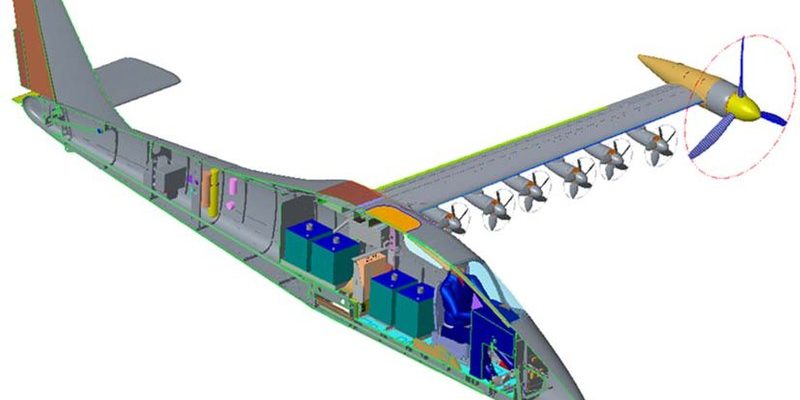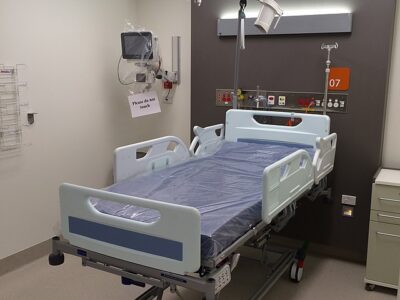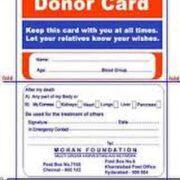
NASA has done it again. In the future, you may fly to vacation in an all-electric airplane thanks to the battery discovered by scientists at the American space agency.
Yahoo writes, “The US space agency made the breakthrough following investigations into solid-state batteries, which hold more energy and are lighter than industry-standard lithium-ion batteries.
Solid-state batteries also perform better in stressful environments, as they are less prone to overheating, fire and loss of charge over time, however they typically cannot discharge energy at the same rate as li-ion batteries.
Until now, this has made them unsuitable for powering large electronics, such as electric vehicles, as they require batteries capable of discharging their energy an incredibly fast rate.”
That didn’t stop the brilliant minds at NASA, though. They knew they could solve the problem, and they did.
NASA reported, “The SABERS team realized solid-state architecture allowed them to change the construction and packaging of their battery to save weight and increase the energy it can store – the size of the battery’s bucket from the earlier analogy.
Instead of housing each individual battery cell inside its own steel casing, as liquid batteries do, all the cells in SABERS’s battery can be stacked vertically inside one casing. Thanks in part to this novel design, SABERS has demonstrated solid-state batteries can power objects at the huge capacity of 500 watt-hours per kilogram – double that of an electric car.”
“Not only does this design eliminate 30 to 40 percent of the battery’s weight, it also allows us to double or even triple the energy it can store, far exceeding the capabilities of lithium-ion batteries that are considered to be the state of the art,” Viggiano said.
NASA has been working on electric jets for over five years. The Robb Report explained, “America’s favorite agency is hard at work on developing a quiet supersonic jet and electric aircraft as part of its “X-planes” series. NASA’s X-57 “Maxwell” and X-59 QueSST supersonic jet are moving closer to their first test flights after completing ground tests.
The space agency’s X-planes were launched in 1944 to pursue research into high-speed aircraft. The series has achieved many aviation firsts, including breaking speed and altitude barriers, using new materials and propulsion systems, as well as developing hypersonic aircraft.
The X-57 program was started in 2016 as part of NASA’s Scalable Convergent Electric Propulsion Technology Operations Research Project (SCEPTOR). The acronym essentially stands for developing low-emissions aircraft powered by electric motors. The ‘Maxwell,’ an Italian Tecnam P2006T, was converted last year into an electric aircraft by replacing its conventional Rotax engines with two electric motors made by Joby Aviation.
The Maxwell has completed its ground tests and will make its first flight in the next few months from NASA’s Armstrong Flight Research Center in Edwards, California. It will be the first crewed X-plane in two decades.”
You can see the Maxwell in action:
[One Artist In Chicago Has Taken Fixing Potholes Into His Own Hands]










Worry about charging enroute